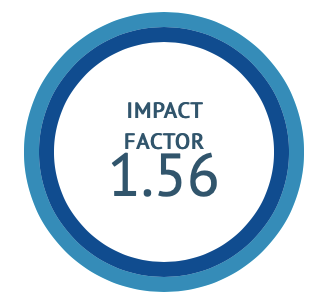Exploring the role of Kantavallabha rasa in Polycystic ovarian syndrome management: A pilot Study
DOI:
https://doi.org/10.47552/ijam.v16i2.6324Keywords:
Hormonal disorder, Gulma, Amenorrhea, Hirsutism, Acanthosis, AMHAbstract
Polycystic Ovary Syndrome (PCOS) is a complex hormonal disorder affecting the reproductive system, metabolism, and skin. Since modern treatments often focus on individual symptoms, there is a need for a more holistic approach. Kantavallabha rasa, a classical Ayurvedic medicine traditionally indicated in the conditions like Mandagni, Gulma,moola roga and bhagandara , was studied for its potential role in managing PCOS. A pilot study was conducted with 10 women of PCOS, diagnosed using the Rotterdam criteria. Symptoms such as irregular periods (amenorrhoea/oligomenorrhoea), pain in menstruation, hair fall, oily skin, acne, hirsutism (excess facial hair), acanthosis nigricans (dark skin patches), and BMI were monitored. Hormone levels (especially AMH) and ultrasound findings (ovarian volume and follicle count) were also assessed. Statistical analysis was done using paired t-test to evaluate the outcomes. The results showed notable improvements. Women, who had been suffering from PCOS for 3 to 20 years, experienced a significant reduction in the gap between menstrual cycles, pain during menstruation, and ovarian size. There was also clear improvement in hirsutism (unwanted hair growth), acanthosis nigricans, and the number of ovarian follicles. Remarkably, even participants, who had not menstruated for over a year, saw the return of their periods before the treatment ended. This suggests that Kantavallabha rasa may be a promising Ayurvedic solution for managing PCOS.
Downloads
Published
How to Cite
Issue
Section
License
Copyright (c) 2025 International Journal of Ayurvedic Medicine

This work is licensed under a Creative Commons Attribution-NonCommercial-ShareAlike 4.0 International License.
The author hereby transfers, assigns, or conveys all copyright ownership to the International Journal of Ayurvedic Medicine (IJAM). By this transfer, the article becomes the property of the IJAM and may not be published elsewhere without written permission from the IJAM.
This transfer of copyright also implies transfer of rights for printed, electronic, microfilm, and facsimile publication. No royalty or other monetary compensation will be received for transferring the copyright of the article to the IJAM.
The IJAM, in turn, grants each author the right to republish the article in any book for which he or she is the author or editor, without paying royalties to the IJAM, subject to the express conditions that (a) the author notify IJAM in advance in writing of this republication and (b) a credit line attributes the original publication to IJAM.




